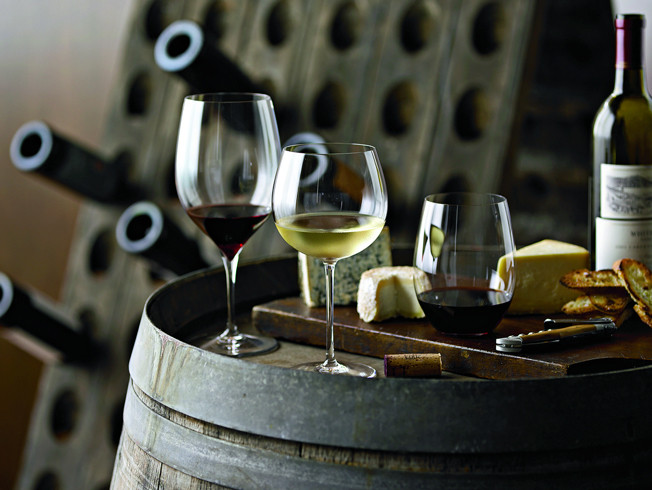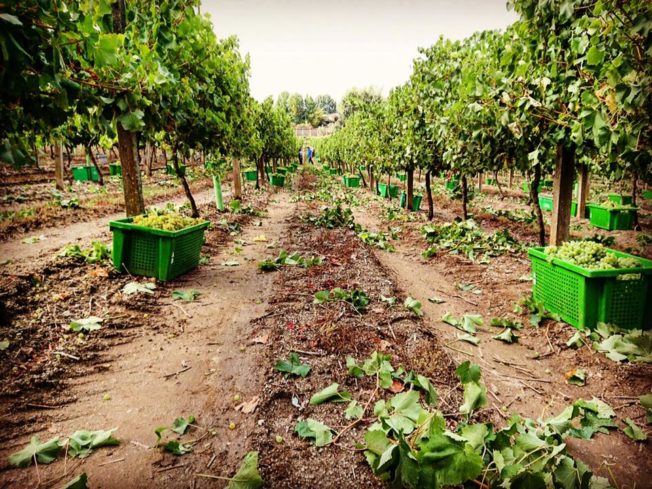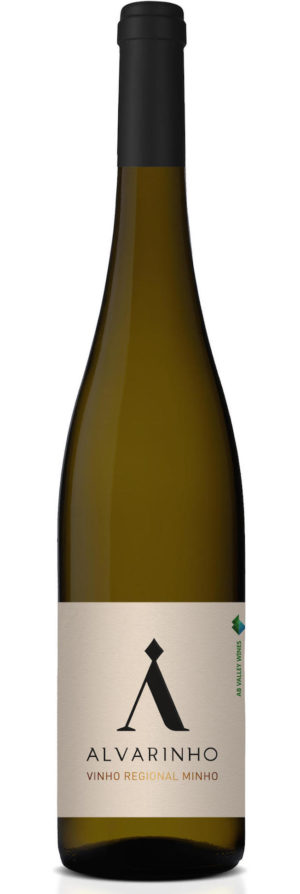
Maybe you consider yourself a connoisseur of French and Italian wines. You’re never without a bottle of Bordeaux or Nebbiolo in your home. Or perhaps you’ve expanded to Spain, with its luscious red and white Riojas. Well, it’s time to get to know the beautiful wines of Portugal.
Portuguese wines are an integral part of the Williams-Sonoma Wine Club, and although you may be familiar with Porto or Vinho Verde, there are plenty of other delicious wines to get to know. Among the whites, there’s the Alvarinho (the same grape as Spain’s Albariño), the Maria Gomes (Fernão Pires), and Cerceal, among others. Among reds, you’ve probably seen the powerfully fruity wines of the Douro, or heard of famous grapes like Touriga Nacional, Touriga Franca and Tinta Roriz (in Spain, “Tempranillo”). At the moment, our WS wine club is proud to feature two gorgeous Portuguese white wines.
Expert Jennifer Ingellis, our partner in Williams-Sonoma Wine and one of Food & Wine‘s 2012 Sommeliers of the Year, waxed poetic about the bottles we’re selling now. The 2017 AB Valley Alvarinho DO Minho, Jennifer says, has “lovely white peach and nectarine flavors and aromatics, in addition to honeysuckle.” It’s more delicate than the 2017 AB Valley Opçāo Superior DO Vinho Verde, which is also in the wine club. This bottle, she says, boasts “aromatics of passionfruit and guava and fresh, juicy flavors to match. It’s like eating fresh guavas right off the trees in Hawaii.”

The AB Valley Wine vineyards.
Jennifer was happy to answer a few of our broader questions about the wines from this lovely part of the world.
What are the most well-known Portuguese wines?
“Port [from Porto] is an easy first introduction. Another region that’s gotten a lot of play is Vinho Verde, which is from the north of Portugal, known as ‘green Portugal’ because it rains a lot there. “Vinho Verde” means “green wine.” They’re typically very fresh, are not meant to be aged, and are something you drink on a hot summer day. You don’t want lots of complexity with these; they’re not super-rich, heavy wines. They’re lovely to drink in the summer. The Duoro is—for people who do know Portuguese wines—another region they’re familiar with.”
Tell us a little more about the taste of the wines we’re featuring.

“Both of these white wines are great for sitting on the patio and enjoying a glass in the summertime. Pair them with lighter seafoods, sushi, fish tacos or fresh seafood salads. The 2017 AB Valley Alvarinho DO Minho is an excellent example of a Vinho Verde. It pops with flavors of lime and white peach, and has more weight than the Superior. It can also work with light dishes that incorporate pineapple or mango, such as a salad. Compared to a classic Spanish Albariño, this is a little fresher. Albariño can be a little waxy, with fresh fruit flavors that are a little more subdued—not as well defined. This particular Alvarinho (again, the same grape as Albariño) has very exuberant fruit.

The 2017 AB Valley Opçāo Superior DO Vinho Verde, a blend of Loureiro and Alvarinho
Wine, is high-acidity with great fruit notes. Lourerio has higher acidity, a lighter texture, and a bouquet of passionfruit. It’s like eating fresh guavas.”

Why do some wines just have the name “Portuguese white wine”?
“If Portuguese wine is bottled here in America, it loses its appellation, and is just “Portuguese white wine.” They’re not permitted to have “Vinho Regional” and “DOC.” It doesn’t mean that it’s necessarily bad, it’s just to protect their DOCs. It’s just like you can’t use “Champagne” outside of the Champagne region in France.”
Can you explain more about the labeling system?
“There’s ‘DOC’ [sometimes seen as ‘DO’] and ‘Vinho Regional.’ The country is carved up into 14 different regions, whose wines fall under the ‘Vinho Region’” category. Within these regions, various DOCs (Denominação de Origem Controlada) have stricter laws and more particular geographic boundaries. These will generally—but not always—translate to higher quality.”

1 comment
let i tell you something about Portuguese wine. Portugal’s wine culture developed in relative isolation, there are many grape varieties that do not grow anywhere else in the world. I like its grapes wine.